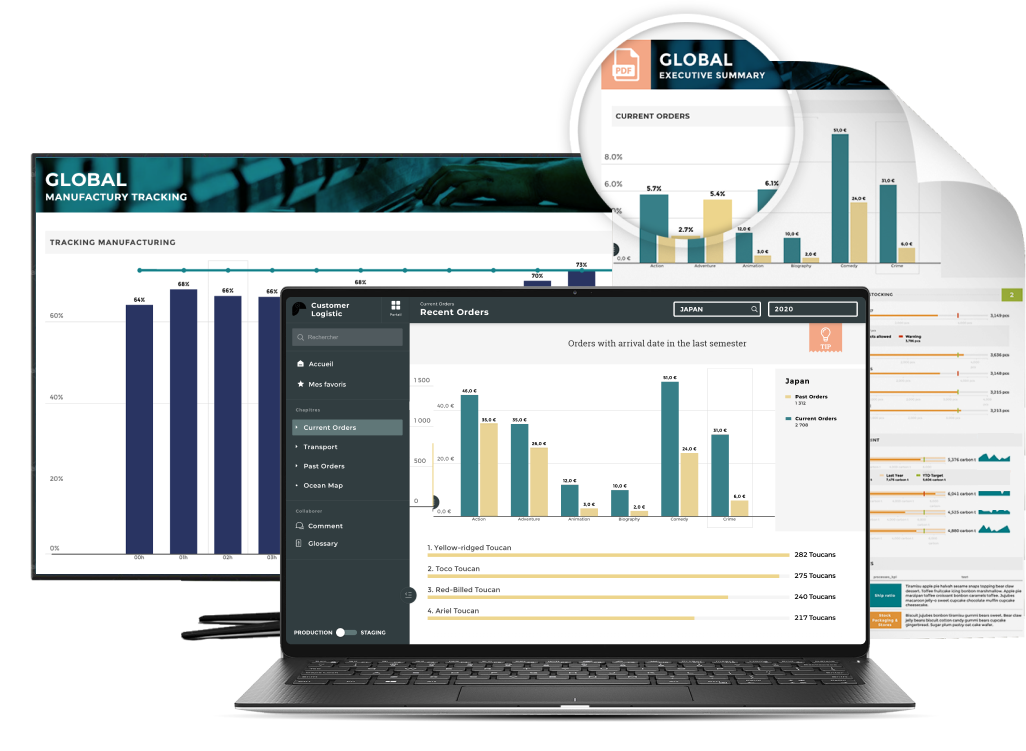The pharmaceutical industry, like so many others, has faced no shortage of challenges in recent years. A general reduction in the sales workforce has triggered a predictable decline in sales, while heightened global competition has made it more difficult for companies to set themselves apart through the quality of their products alone.

With the evolving role of “blockbuster drugs” and shifts in drug discovery, pharmaceutical companies are forced to do more with fewer resources. The sanitary crisis has further interrupted sales representatives' jobs, forcing them to rely more on digital channels despite their tendency to prefer face-to-face interactions with healthcare practitioners.
When you account for some of the other market factors at play, such as increasingly strict regulations and an average approval time of twelve years for the 5 in 5,000 drugs that do hit the market, it’s no wonder pharmaceutical companies are investing heavily in strategies to improve Sales Force Effectiveness (SFE).
Why is SFE important for pharma companies?
Pharmaceutical Sales Force Effectiveness is, as the name indicates, a strategy employed with the goal of enhancing the impact of a pharma organization’s sales efforts. SFE processes enable sales representatives and managers to prioritize their work by providing them with important information and actionable insights, when and where they need them.
SFE dashboards are often an important component of optimizing the relationships between healthcare providers and pharma sales reps. These dashboards incorporate general market trends and sector-wide performance indicators that make it easier to keep up with the constantly-shifting markets, and also tend to present performance analytics in a way that allows teams to understand what they’re doing right, and where (and how) they may need to course correct.
When automated, personalized, and interactive, SFE dashboards can ease the transitions for pharma companies into the data age. Here are a few steps that can help you take your SFE to the next level.
1- Define clear objectives and priorities to improve sales
There’s always a risk when shooting for quick wins with your SFE: focusing on irrelevant KPIs and prioritizing actions that do not match priority objectives are often some of the negatives that surface from starting too quickly.
So, before diving into the nitty-gritty of SFE analytics and implementation, make sure you align your team on what your priorities are. Once you’ve built a strategy map, keep everyone on the same page by communicating your priorities to all stakeholders. Ideally, your list of must-watch KPIs should trickle down from this strategy map.
For each objective, ask yourself:
- Where can we get the relevant data?
- Is there an existing metric that allows us to track our progress?
- If there isn't, can we design a new one?
- If we have more than one metric are they complementary, or is one more straightforward than the other?
2- Develop a competitive advantage by understanding your target's expectations
The pharma industry’s product-centric approach has been challenged by recent shifts in the healthcare landscape. Pharmaceutical companies increasingly understand that paying close attention to their customer's needs is a competitive necessity. Each healthcare practitioner is unique regarding their preferred channels of interaction or the content they find most compelling. Thankfully, digital omni-channel strategies allow you to account for this level of granularity and to personalize interactions.
Your SFE cannot do away with good customer knowledge. Make sure your CRM is well maintained so you can leverage behavioral (and other) information into your dashboards).
Check out this article that dives into customer-centric omni-channel strategies if you're interested in learning more.
3- Choose the most relevant KPIs
SFE KPIs allow you to measure the things that matter most to you, such as market performance by period and brick, or monitoring the evolution of prescriptions over time. When done well, you're able to flag at-risk sectors and products.
But not everything that can be measured is worth measuring.
The KPIs that end up on your dashboard must be relevant to your objectives, but they also must be easily understandable by everyone involved. If sales reps are expected to adjust their daily-decision making based off of the KPIs they're presented with, they have to be transparent. A best practice we often advise: integrate a glossary into your dashboards to help give context and explanations to your team.
While each set of KPIs should be relevant to the context(s) in which they're used, here are (some) specific areas that our customers usually monitor for pharmaceutical SFE:
MARKET KNOWLEDGE
- Listing of doctors, specialists, hospitals, and customers
- Covered territory
- Product information
- Selling skills
TARGETS AND CONSISTENCY IN THE ACHIEVING TARGETS
- Number of prescriptions vs. targets per brick
- Number of prescriptions vs. target per product
- Reach and Frequency of visits per doctor
- Reach and Frequency of visits per Specialist
- Reach and Frequency of visits per Hospital
- Call Goal Attainment number
- Visit Goal Attainment number
4- Build an automated and flexible management solution
Even the most insightful data quickly becomes useless if it's not accessible to the people who actually need it. So, after fine-tuning your strategy and selecting the right KPIs, you'll be positioned to design a management solution that is suitable for your teams. When doing so, a worthwhile objective is building something that becomes a reliable, single-source of truth for your teams. All your important data should be gathered in a unique, automated, and up-to-date reporting dashboard.
And, if you have an existing Business Intelligence system that you want help building on top of, there are loads of resources you can lean on so that you spend less time building reports and more time taking action.
5- Support your sales team with a mobile-first pharma dashboard
A good SFE dashboard presents the most relevant information, contextualized to each user, and help sales reps make on-the-fly decisions. The thing about sales representatives: they’re often out and about, meeting healthcare practitioners and promoting your products. The tools you provide them with should be adapted to their mobile, fast-paced work. Make sure any dashboard you use is highly responsive, which means it can adapt to be used on any device: tablets, smartphones, wall displays, or something in between.






